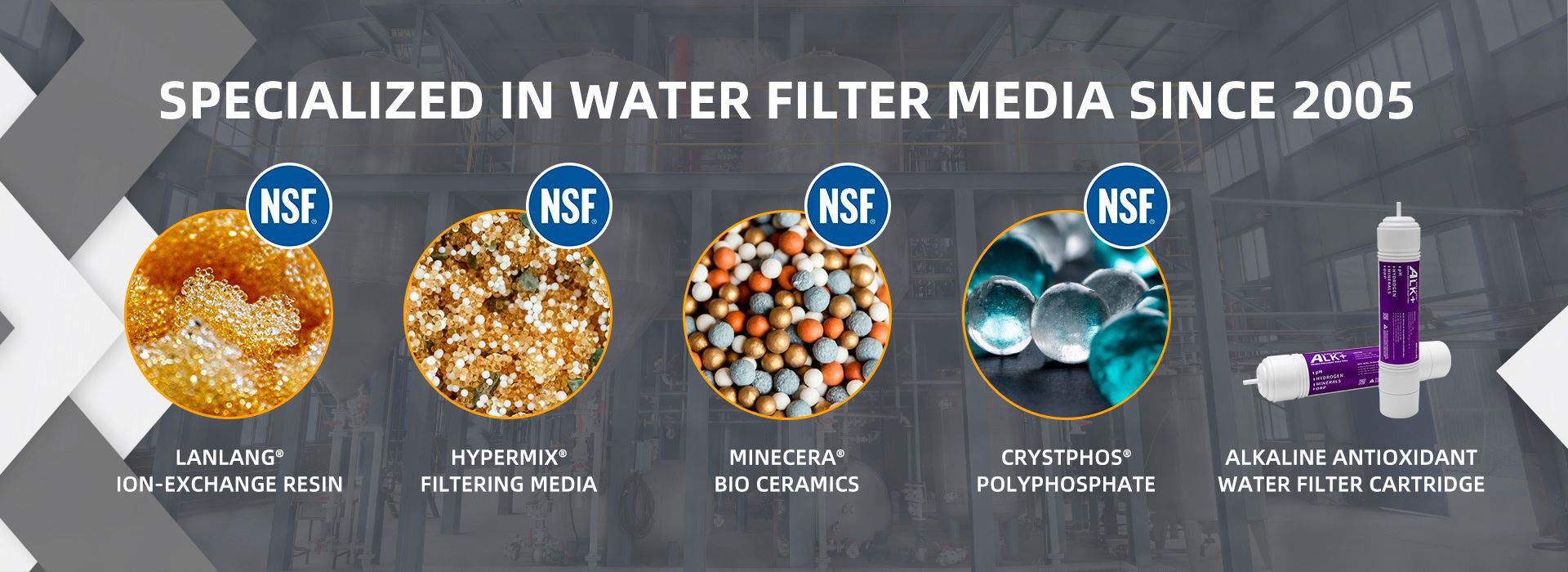Cation exchange resins work by having specific functional groups that react with cations in water. These resins are essentially a polymer material with an ion exchange function. In solution, they are able to exchange their own ions with those of the same number in solution.
This exchange process causes specific ions in the resin to be adsorbed to its surface, while ions in the solution are left in the solution. Therefore, the purification of ions in water can be achieved by using cation exchange resins. The exchange group properties of cation exchange resin determine its function and use.

These groups can be acidic, such as sulfonic acid, carboxyl and phenol groups, etc., or they can be alkaline, such as amino and quaternary ammonium groups. In acidic groups, hydrogen ions can be exchanged with metal ions or other cations. This acidic cation exchange resin is mainly used to remove cationic impurities from water, such as metal ions such as calcium, magnesium, iron and copper, as well as some radioactive elements.
In addition, acidic cation exchange resins can also be used for water softening and desalination. In basic groups, cation exchange resins are mainly used to remove anionic impurities from water, such as chloride ions, sulfate ions and nitrate ions. At the same time, the basic cation exchange resin can also be used for deamination and deoxidation of aqueous solution. Therefore, as a kind of polymer material, cation exchange resin can exchange ions in solution through its specific functional groups, and is widely used in water purification, water treatment and environmental protection.


